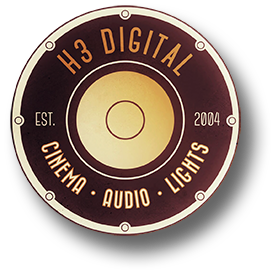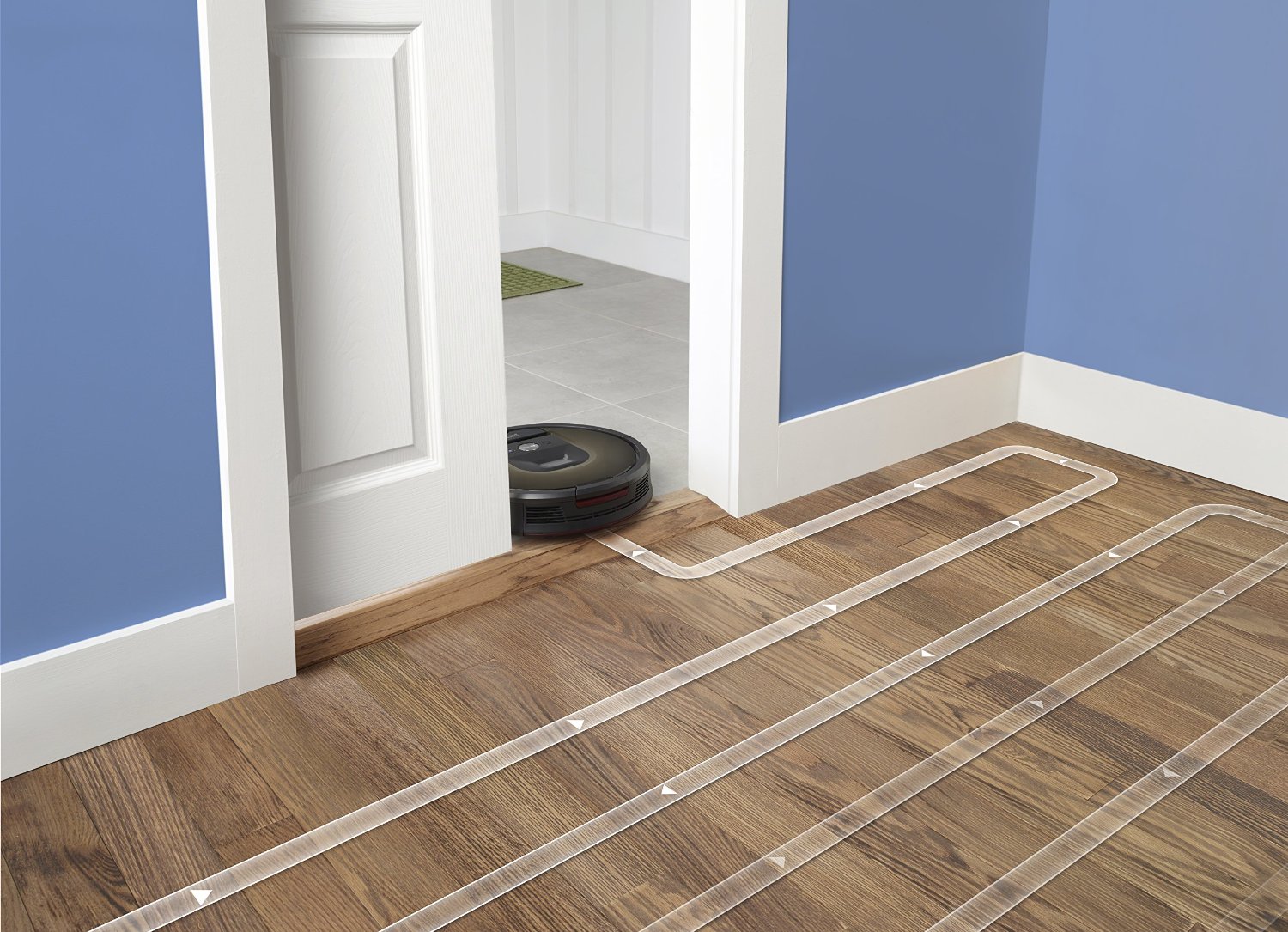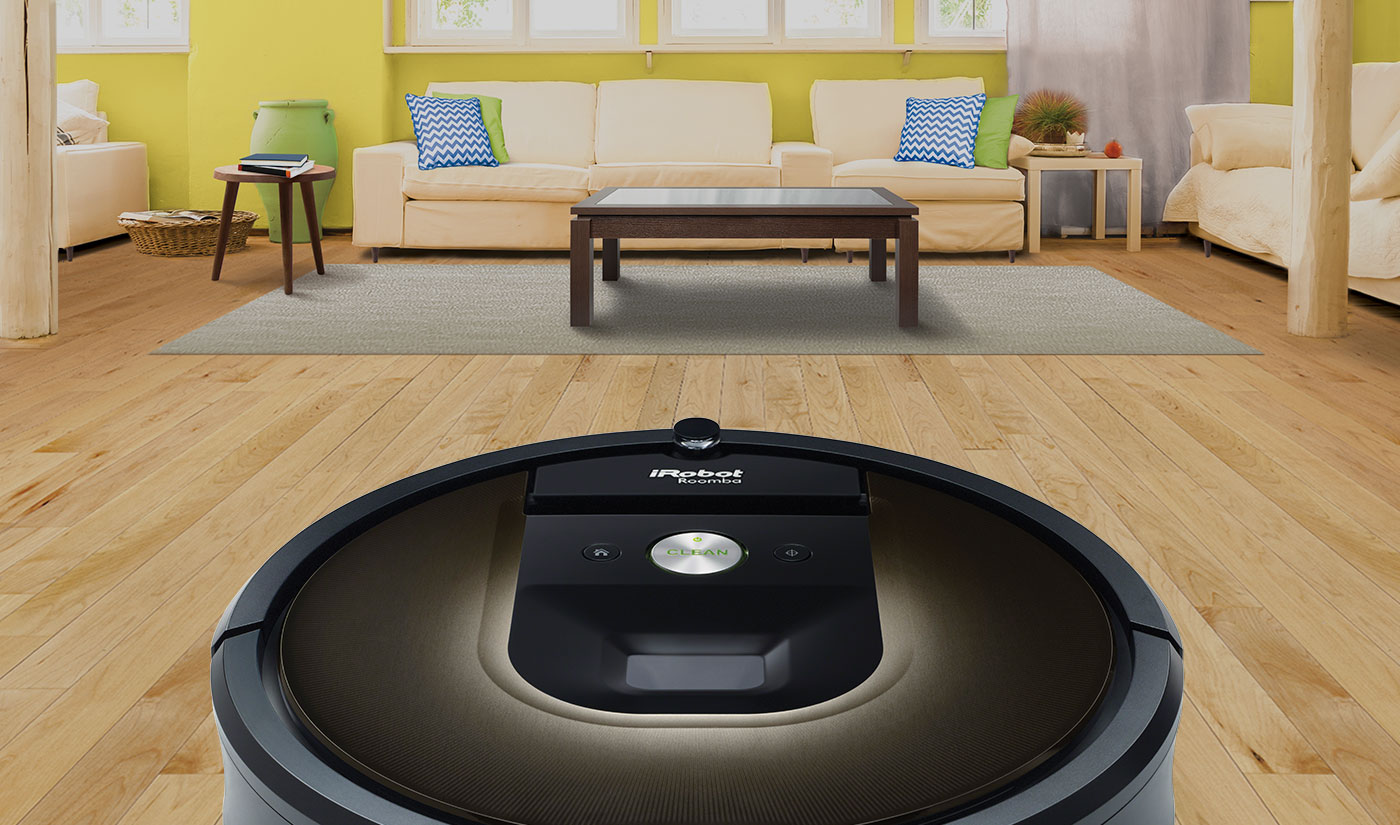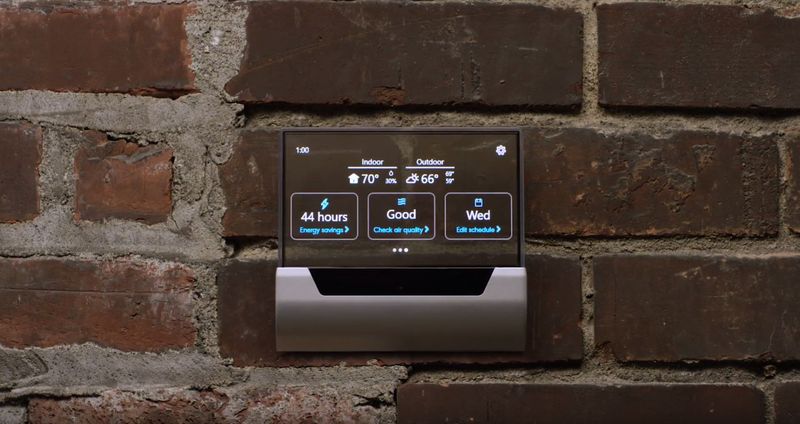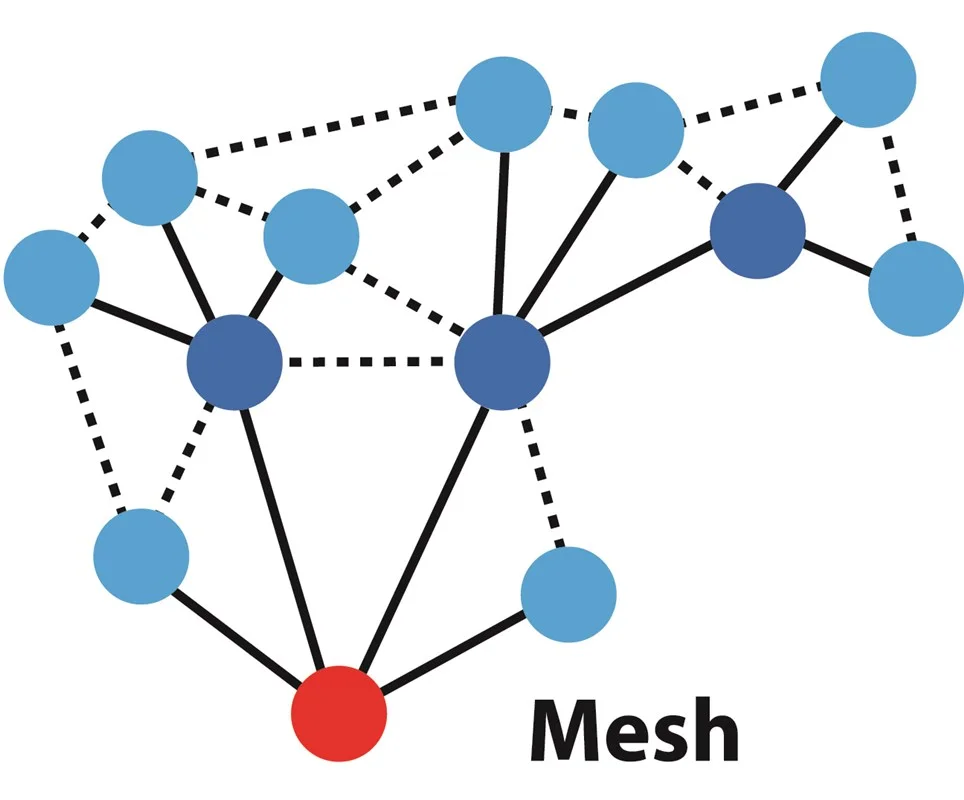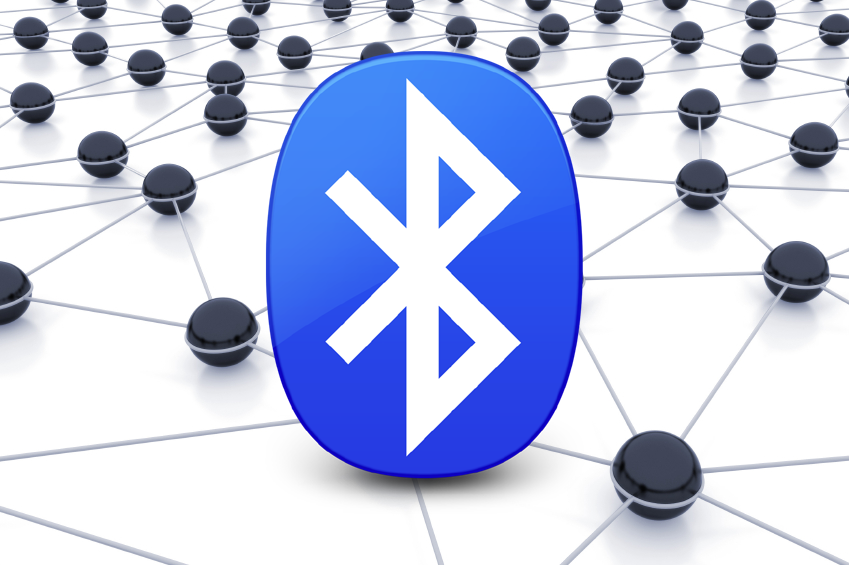Sometimes announcements go under the radar, this is one of those times.
Sears and Amazon have come to an agreement whereby Amazon will help sell and market Kenmore appliances for Sears and Sears will build Amazons Alexa Smart Home Technology into virtually all of it's appliances.
Kenmore is more than 90 years old and has a wide range of home appliances including fridges, freezers, cookers, dishwashers, dryers and air-con.
"Last month, Amazon and Sears had a bit of an interesting announcement. Amazon is going to begin to sell Sears’ Kenmore appliances through its online store, and in turn, Sears will be adding Alexa to its appliances. Virtually making its entire lineup of appliances “smart.” This is a big deal, and perhaps a bigger deal than most people realize. Obviously, with this deal there are more advantages for Amazon than for Sears here. But for Sears, it’s going to help the company stay afloat, in a time where companies like Amazon, are killing off brick and mortar stores, where Sears really shined over the years.
Kenmore isn’t just a brand name, it’s a name that many people think of when they think of high-end and quality appliances. Kenmore, as a brand, has been around since 1913. Not many brands are able to stay around for over a hundred years, but Kenmore has done that. And through the years, Sears and Kenmore have produced some incredible appliances that have been high quality, and not really all that expensive, compared to its competitors. But Sears’ recent financial troubles has made it tough for the store and the Kenmore brand to exist. And that’s where Amazon comes in. Amazon is able to list these products on its website and sell them directly to customers. Saving Sears money on physical stores. Amazon also gets help from Sears who knows how to ship and distribute large products like refrigerators, dish washers and such. Something that Amazon hasn’t yet started shipping, but that’s changing with this new agreement.
On the smart home side of things, that’s where things get interesting. Sears has agreed to include Alexa into all of its Kenmore appliances. That is a huge deal. That basically gives Alexa an exclusive on working with these appliances, since they don’t yet work with Cortana, Google Assistant or Siri and there’s no word on these working in the future. It is possible that Kenmore could expand to other personal assistants, but at this point, it’s pretty unlikely. This also means that Alexa will be in more hands, and that’s something Amazon wants more than anything. With Alexa built in, users will be able to tell their oven to turn to 350 degrees, or tell the dish washer to start a load, etc. And of course there are plenty of other things that Alexa would be able to do.
The smart home industry has been a bit stagnant in recent years. It is growing, but not as much as some companies had hoped or thought it would. It’s still a fairly small market, but with the addition of smart assistants like Alexa coming in and making it easier to tie all of these products and appliances together, more people are getting into the smart home area. This doesn’t mean that people are going to go out and replace all of their appliances with smart ones. First off, that’s expensive to do, and secondly, not every appliance is smart, yet. So it’s not really feasible. But as far as the smart home goes, this is a huge deal for Amazon.
It’s been said many times before that Alexa is basically Amazon’s entry into everyone’s homes. Not so that it can collect data on you, but so that Amazon is in everyone’s home. Alexa already acts as a window to Amazon’s store, making it easier for users to buy more items from Amazon with Alexa, instead of having to go to Amazon’s website, and with the Sears partnership, that is going to become a bigger deal. But for Sears, it is just looking to survive, and perhaps turn itself around. It has started to lose out thanks to competitors like Home Depot and Lowes, who are currently the top retailers for appliances in the US. Leaving Sears in the dust, and that’s something that Sears needs to change. Even companies like Best Buy, have taken up a big chunk of the appliance sales in the US as of late.
Now while this deal between Amazon and Sears likely won’t bear much fruit to consumers, it is a big deal for both Amazon and Sears. It’s a bigger deal for Amazon as it looks to get Alexa into just about everything. And on the Sears front, it keeps its oldest brand, Kenmore, alive just a bit longer. Sears has been around for over 120 years, and has sold virtually everything you can think of, and in the past few decades, it has started to lose its customer-base, largely due to the internet. Of course, Sears isn’t the only company to fall victim to the internet. A lot of retailers with physical stores are also struggling these days. So this deal should help Sears out, perhaps transition them over to the 21st century a bit faster."
https://www.androidheadlines.com/2017/08/tech-talk-amazons-sears-deal-jump-start-smart-home.html
